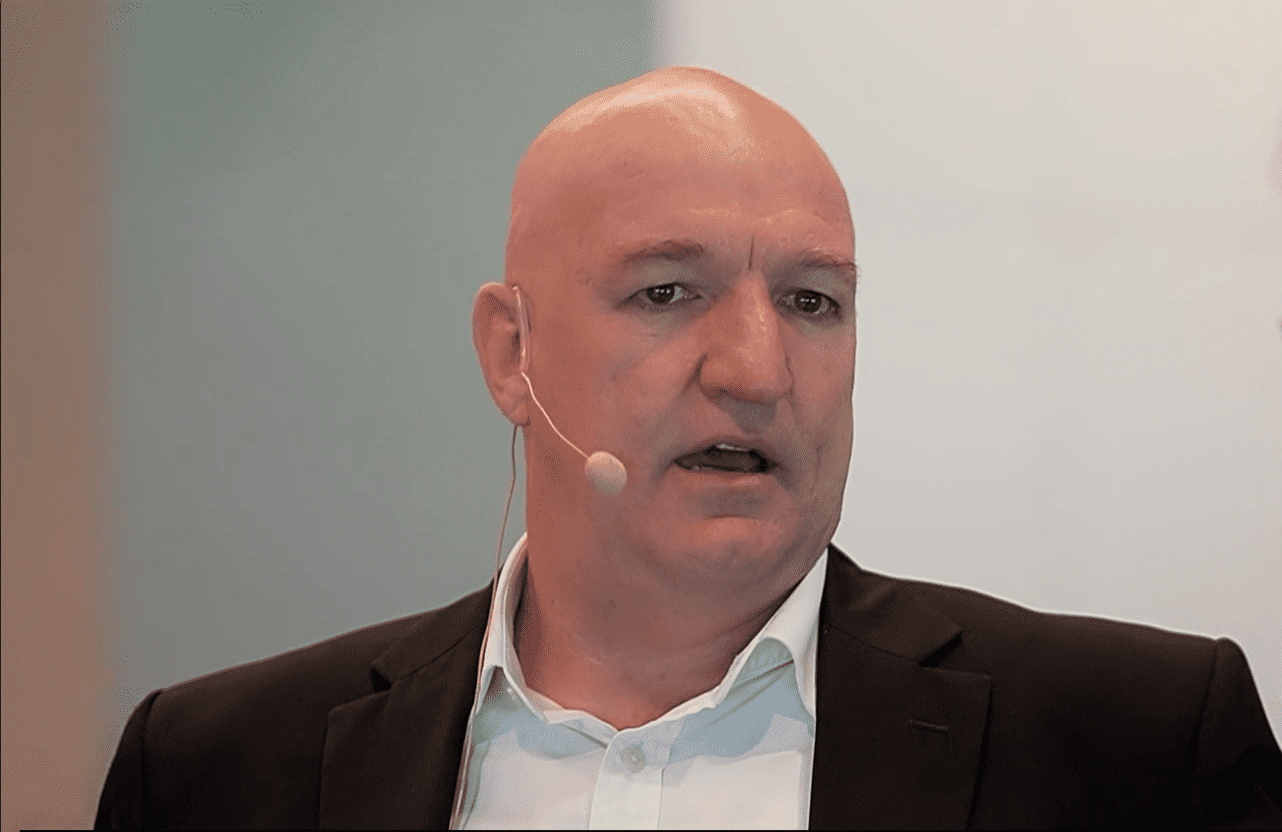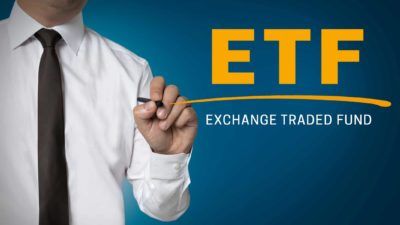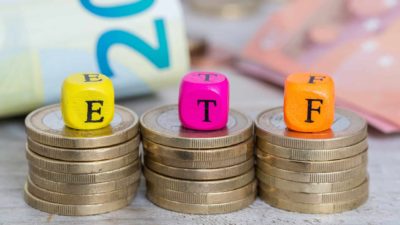The VanEck Morningstar Wide Moat ETF (ASX: MOAT) is one of the best ASX-listed exchange-traded funds (ETFs) in my view. I'd be very happy to buy it for anyone in my family.
For readers that don't know what it is, I'll outline what it does.
Quick overview of the MOAT ETF
Morningstar, a share research outfit, first creates a shortlist of US businesses that it has a high conviction of having a wide economic moat.
In other words, these businesses are judged to have competitive advantages which, in Morningstar's eyes, will almost definitely endure for the next decade and more.
Competitive advantages can come in a number of different ways, including cost advantages, intangible assets (such as patents, brands or regulatory licenses), customer switching costs, network effects and efficient scale.
Once it has identified these advantaged businesses, the MOAT ETF then only invests in these potential businesses once they're "trading at attractive prices relative to Morningstar's estimate of fair value".
So, it creates a portfolio of attractively priced businesses that have strong competitive advantages and are expected to endure for many years.
Aside from the uncertainty of what may happen with the upcoming US election, I think the VanEck Morningstar Wide Moat ETF has a very promising future.
Why it can be a strong pick for younger Aussies
The MOAT ETF has done very well over the long term, though past performance is not a guarantee of future returns.
Since the inception date of the ETF in June 2015, it has achieved an average return per annum of 16.1%.
Investing $1,000 per month would grow to just over $1 million in 19 years if it grew at an average of 15% per year. Of course, we don't know what the future returns are going to be, but I think the investment style has a very good chance of producing good returns.
Most of the returns come in the form of capital gains, so investors can buy and hold this fund for the long term, without paying much tax along the way – that's good for achieving capital growth.
It can make sense for older Aussies
We know the MOAT ETF has delivered strong net returns over the long term, but it doesn't pay much passive income.
However, it can still create meaningful cash flow.
Imagine there's a portfolio worth $100,000 of dividend payers. If it pays an income of $5,000, that's a dividend yield of 5%.
Now let's think about $100,000 invested in the MOAT ETF. Diversification is important, but keep in mind there are 54 holdings in the portfolio.
If the MOAT ETF delivered a net return of 10% in year one, its value would rise to $110,000 – we could then sell $6,000 of it and be left with $104,000 as the portfolio value and achieve a 'cash flow yield' of 6% on the $100,000 from 12 months ago.
That's why I think it can work for older family members – it doesn't need to pay big dividends for it to create good cash returns.
However, I wouldn't sell all the capital gains each year – it's handy to leave some surplus in case there's a share market pullback. For example, if the $104,000 fell 5% it'd go back to $98,800 (hopefully temporarily).
Of course, there are a number of other ASX shares out there that can deliver a mixture of dividends and capital growth, not just the MOAT ETF.









